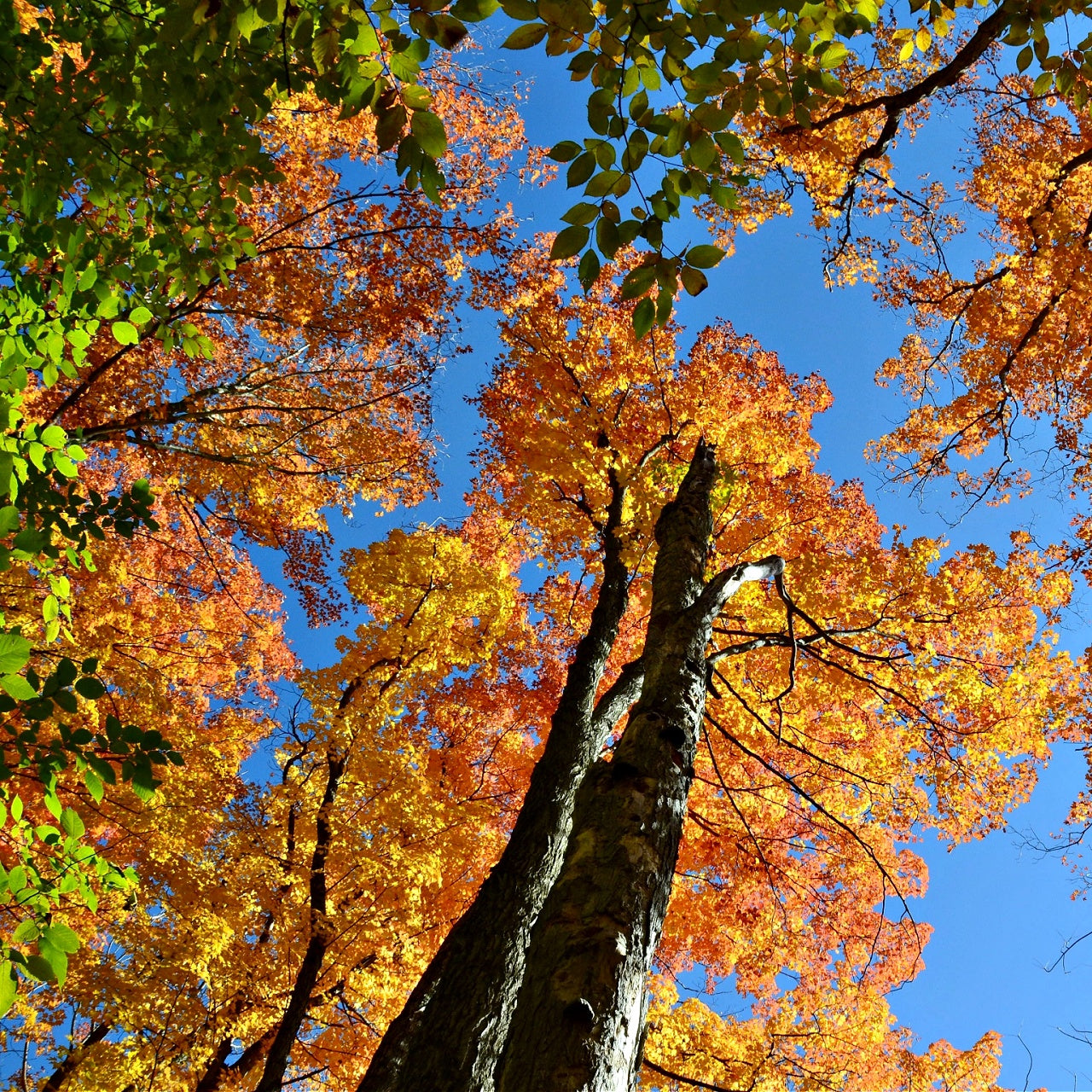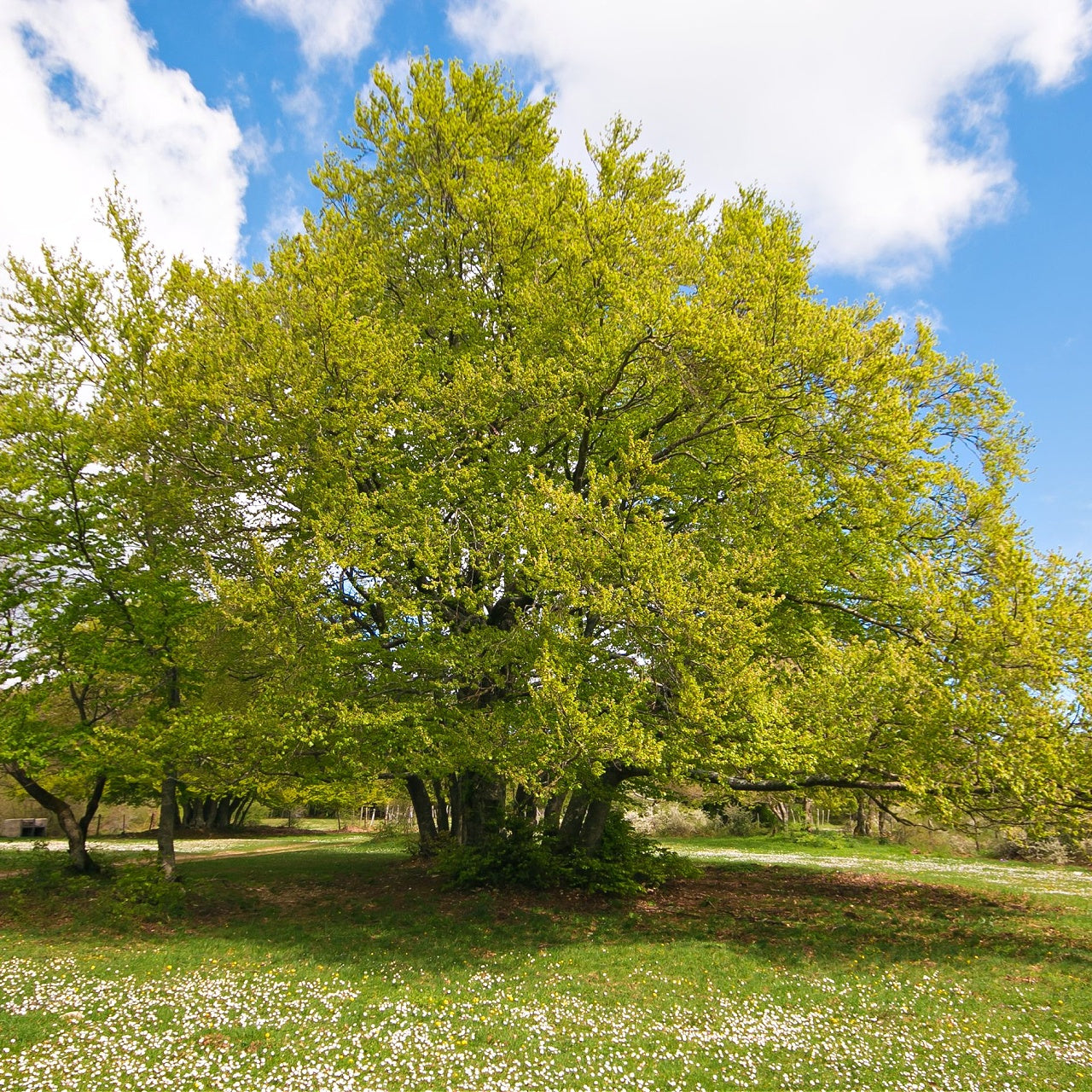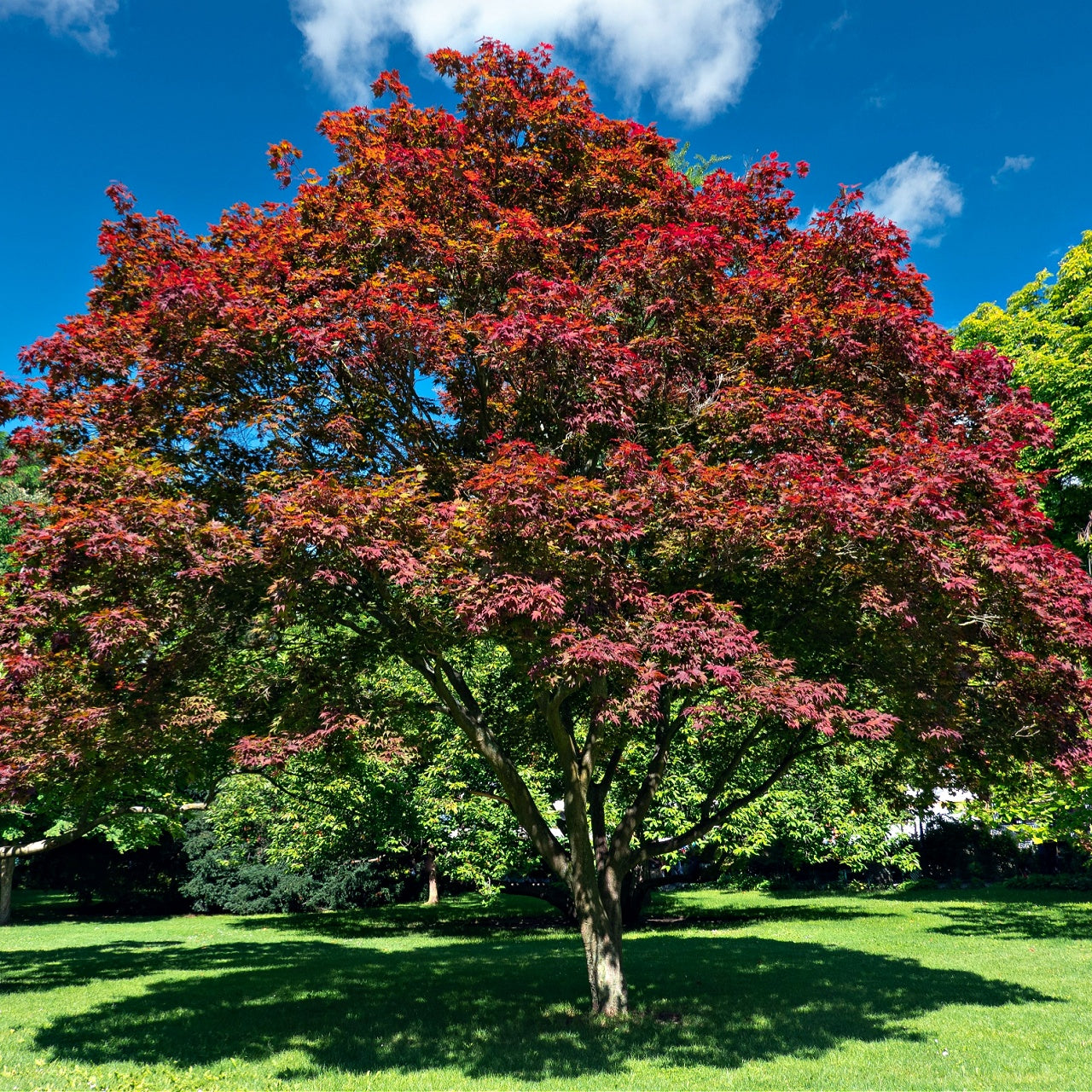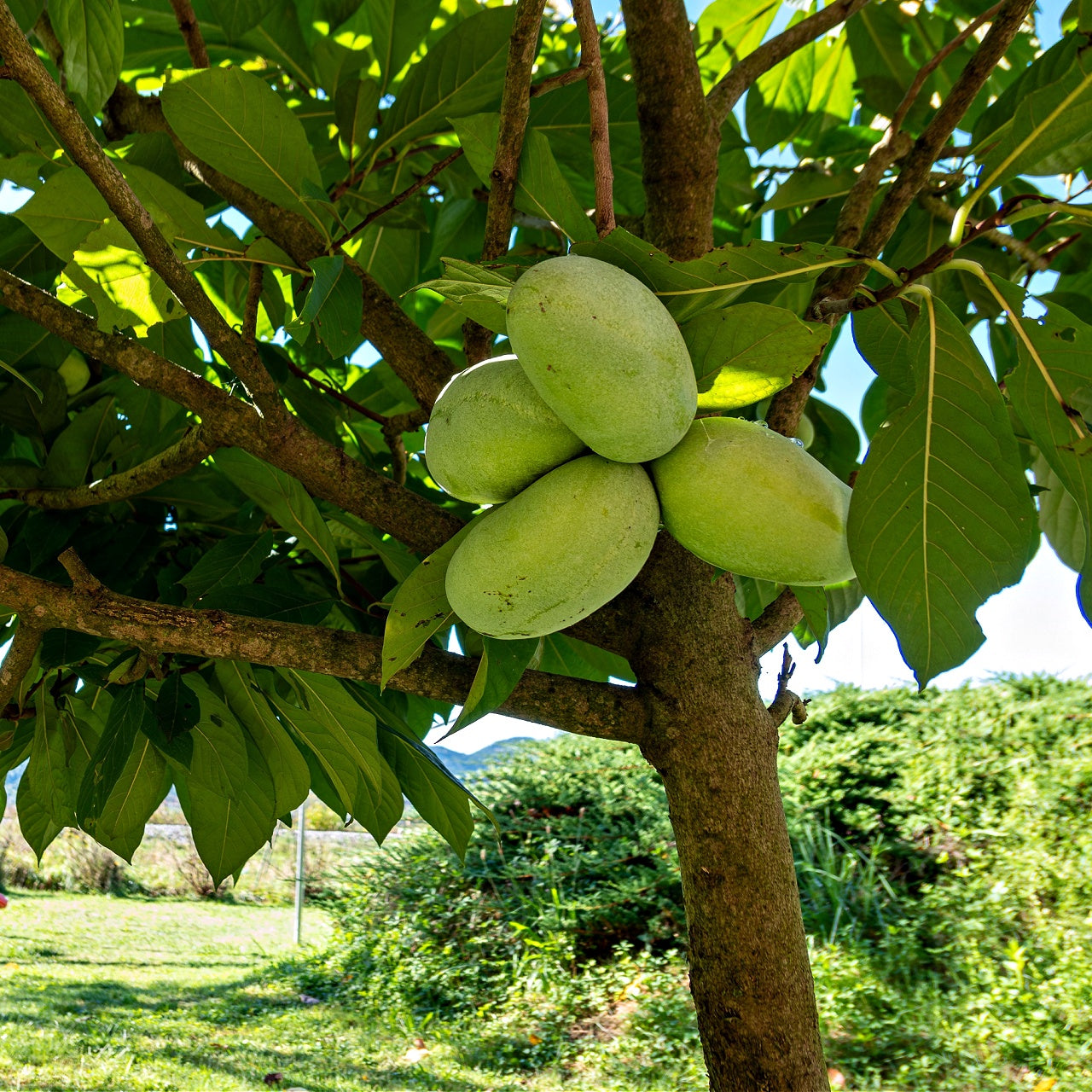
A Gardener’s Pursuit
A Gardener’s Pursuit
Collecting Rare Perennials: An Enthusiast's Journey
The world of perennials exerts an irresistible attraction to many gardeners. Perennials that reliably produce new blooms annually while regaining strength are cherished among beginners and professional gardeners. A secret world of rare perennials exists in popular varieties to attract adventurous gardeners who value horticultural wonders. Pursuing rare plant species enriches plant cultivation and reveals nature's diverse complexities through each new addition to a collection. The love for rare perennials can evolve into a lifelong journey that creates worldwide gardening community ties and exposes the planet's plant diversity.
Understanding the Appeal of Rare Perennials
Before collecting these elusive plants, we must understand what makes them appealing. Rare perennials display the marvels of botanical evolution through their unique foliage patterns, remarkable flower displays, and growth behaviors. Their limited distribution can be attributed to their growth in remote areas or their need for special environmental conditions. Specialized pollinators operate only in particular habitats and create scarcity for some plants. These plants fascinate observers because they exhibit extraordinary traits that evoke wonder and stimulate curiosity.
These plants function as tangible links to the history of botany. Rare perennials possess ancient stories preserved in cultivation records, which have been handed down through generations of gardeners. Those who collect and cultivate rare plants serve as protectors of their botanical heritage to prevent these flowers from becoming forgotten. Collectors develop their interest in rare plants for many different reasons. Pursuing delicate species thriving in their gardens represents a valued challenge for certain collectors. Horticulture collectors appreciate exclusivity because they enjoy displaying plants that mainstream gardens rarely feature. Rare perennials always enhance a gardener's landscape by providing distinctive aesthetic appeal and intrigue.
Sourcing and Care for Hard-to-Find Species
Finding a rare perennial presents both an exciting and formidable challenge. The limited selections at local nurseries mean serious plant collectors build connections with specialized growers or explore plant exchange networks. Collectors frequently obtain information about trustworthy sources by visiting botanical gardens, horticultural societies, and online plant forums. Knowledge exchange among these communities expands access to rare plants while supporting biodiversity through responsible plant material distribution.
Acquiring a rare perennial requires immediate attention to proper maintenance and care. Numerous rare plants survive best when grown in environments that replicate their natural surroundings, which differ significantly from typical garden settings. A few plants require high humidity levels and precise watering routines, whereas others prefer well-drained soil with limited moisture. Successful plant growth requires research because adapting cultivation practices to meet each plant's unique requirements produces the best results. Experienced plant collectors maintain detailed records of their watering and fertilization procedures along with environmental factors, which assist them in spotting trends and making required changes to their methods.
Maintaining constant attention to plant health remains a fundamental practice for gardeners. Transplanting rare perennials outside their native environments increases their stress levels, which leads to heightened vulnerability to diseases and pest infestations. Early identification of potential plant issues through careful observation of leaves, stems, and roots allows for timely intervention using eco-friendly treatments and growing condition adjustments. As you learn the habits of each rare perennial through attentive care, you build a bond that transforms blooming flowers and new growth into significant experiences.

Building Your Collection Over Time
Collecting rare perennials requires a slow progression that typically extends across multiple years of consistent investigation. Instead of quickly gathering multiple species, collectors commit to their craft first and understand each plant before expanding their collection to new specimens. This method creates practical knowledge through direct experience and enables the selection of specimens that fit local climate conditions and garden space constraints. Rare perennials thrive when seasonal cycles permit strong root development before delivering healthy foliage and plentiful blooms to patient gardeners.
With your collection expanding, your interest could evolve into partnerships with other enthusiasts. At plant swaps and horticultural fairs, you can find unique plant varieties while trading cuttings and learning from passionate gardeners. By building relationships with other collectors, you create a shared purpose and a community spirit. With time, you become an expert in select plant groups such as woodlanders, known for their ethereal beauty or alpine rarities with their striking colors. By sharing your knowledge with others, you contribute to the broader community of plant collectors who work to conserve biodiversity and appreciate the fantastic diversity of plant life.
Many collectors find their greatest happiness comes from observing rare perennials regain their bloom yearly because of their commitment to research and attentive care. During your collecting experience, you will face setbacks such as diseased cuttings and unpredictable weather, but these difficulties teach you about the necessity of perseverance and adaptability. Cultivating rare perennials extends beyond simple hobby activities. Cultivating rare perennials remains a dynamic journey that provides opportunities to connect with living art while showcasing nature's resilience through thoughtful care and respect.






